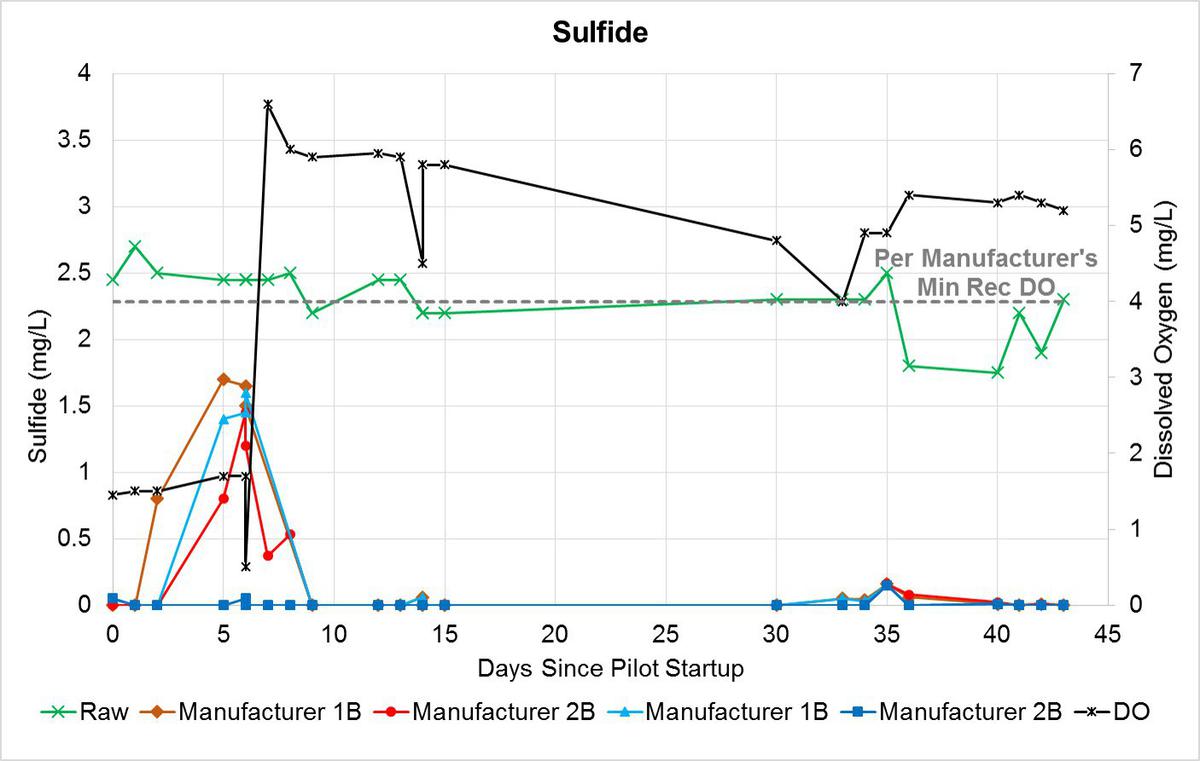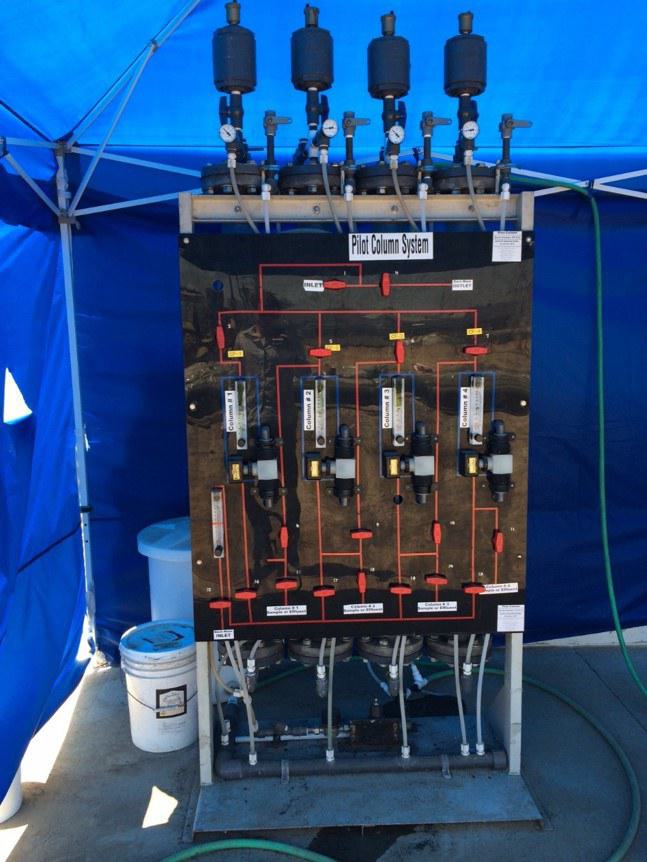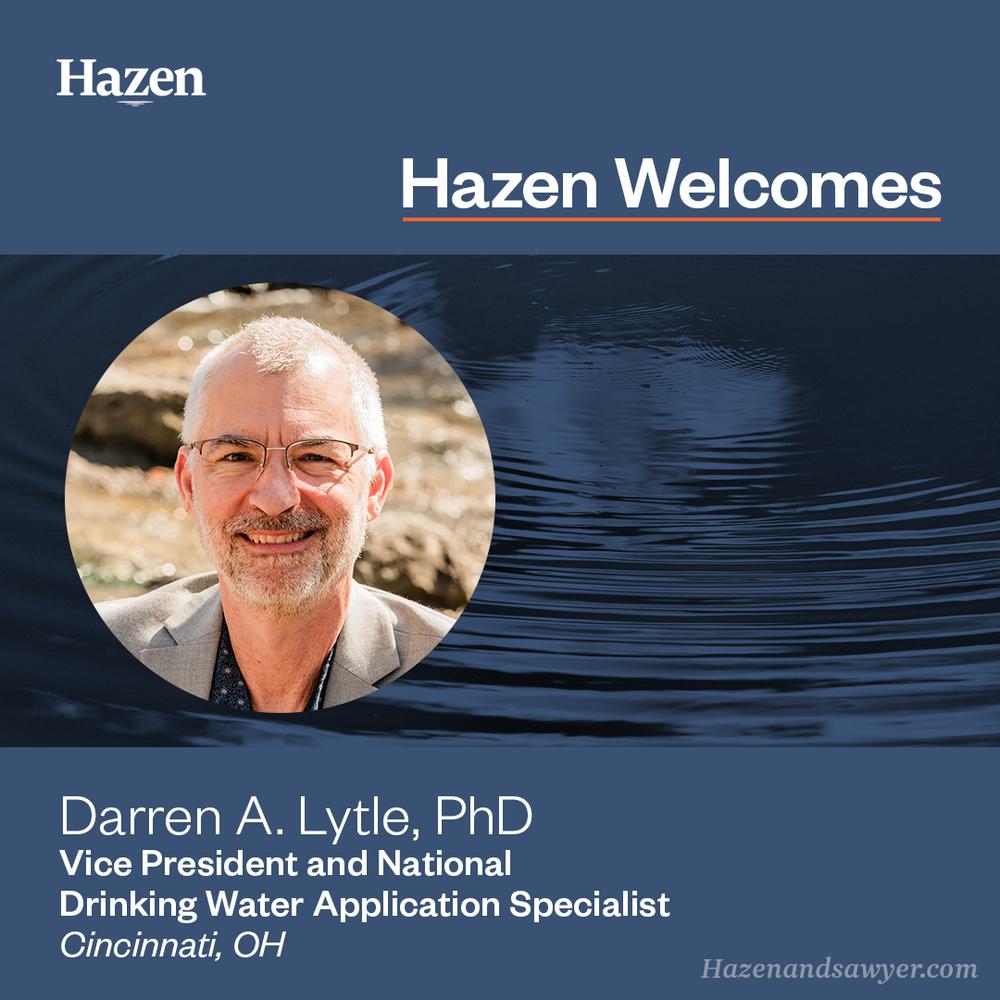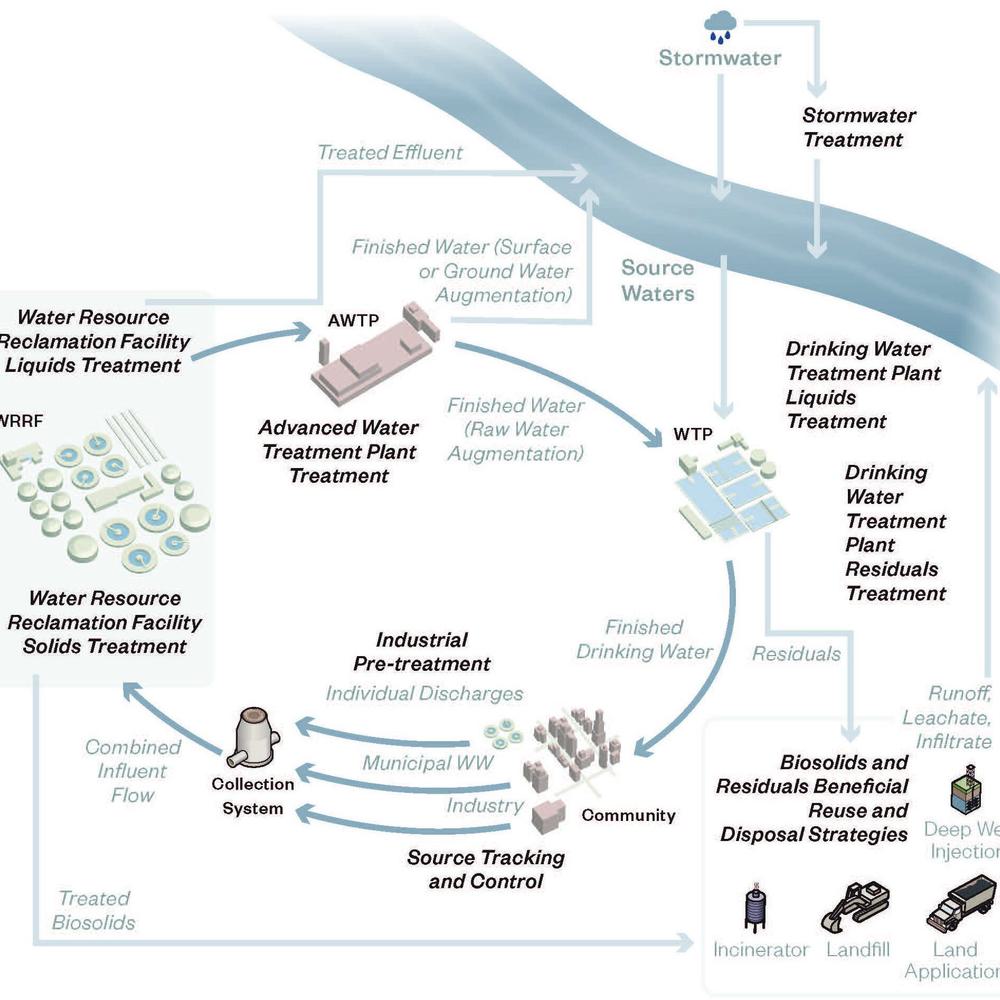Using Catalytic GAC to Remove Hydrogen Sulfide in Groundwater
Last Modified Feb 08, 2023
Hydrogen sulfide in groundwater wells is common particularly throughout southern California. Hydrogen sulfide has a pungent smell which is detectable by the nose at very low concentrations. Removal of sulfides by aeration is the conventional treatment process used in the industry, requiring a pH of 6 to maximize sulfide removal. In waters with high alkalinity, this can result in very high chemical costs through depression of pH and restabilization following stripping. Catalytic Granular Activated Carbon (GAC) is a specially activated carbon product which is relatively new for removal of hydrogen sulfide. The catalytic GAC provides benefits over regular GAC in terms of increasing the life and adsorption capacity for sulfide of the activated carbon media. The process works by oxidizing sulfide in the feed water with dissolved oxygen to reduce sulfide to elemental sulfur. While the practical application of granular activated carbon for sulfide removal has been limited, there have been a few cases of successful operation.
Related Topics:


The pilot set up.
This project examined the effectiveness of using catalytic GAC for sulfide removal at Well 62-01 operated by California Water Service in Los Angeles County. A pilot study tested two NSF/ANSI approved catalytic GAC media using well water from the site, which had a dissolved sulfide concentration in the range of 1.8 – 2.7 mg/L. The pilot skid was setup in a lead/lag configuration. Daily field tests examined sulfide removal, dissolved oxygen, ammonia and turbidity. Weekly laboratory samples examined removal capacity of selected inorganic and organic compounds. A bench test was also conducted which examined the process requirements to utilize conventional aeration for this well.

This project found that sulfide could be removed to non-detectable levels with the use of both manufacturers of catalytic GAC. The initial testing was performed on raw water without oxygen addition until sulfide breakthrough was identified. A venturi ejector was then installed on the pilot skid to boost the dissolved oxygen level. Throughout the study the dissolved oxygen concentration was found to be a critical parameter for successful operation of this process. The minimum dissolved oxygen required for this well water was determined to be above 5 mg/L. The pilot study also confirmed key design criteria for this process including empty bed contact time (EBCT) and filtration rate. The results in the full paper will compare removal performance of key monitoring parameters.
This paper will present the findings of a pilot study testing sulfide removal of hydrogen in well water with particularly high hydrogen sulfide levels. Discussion will include key design criteria for optimizing sulfide removal and effect on other water quality parameters such as organics. It will also discuss the potential benefits of using the Catalytic GAC technology compared to conventional aeration techniques.











